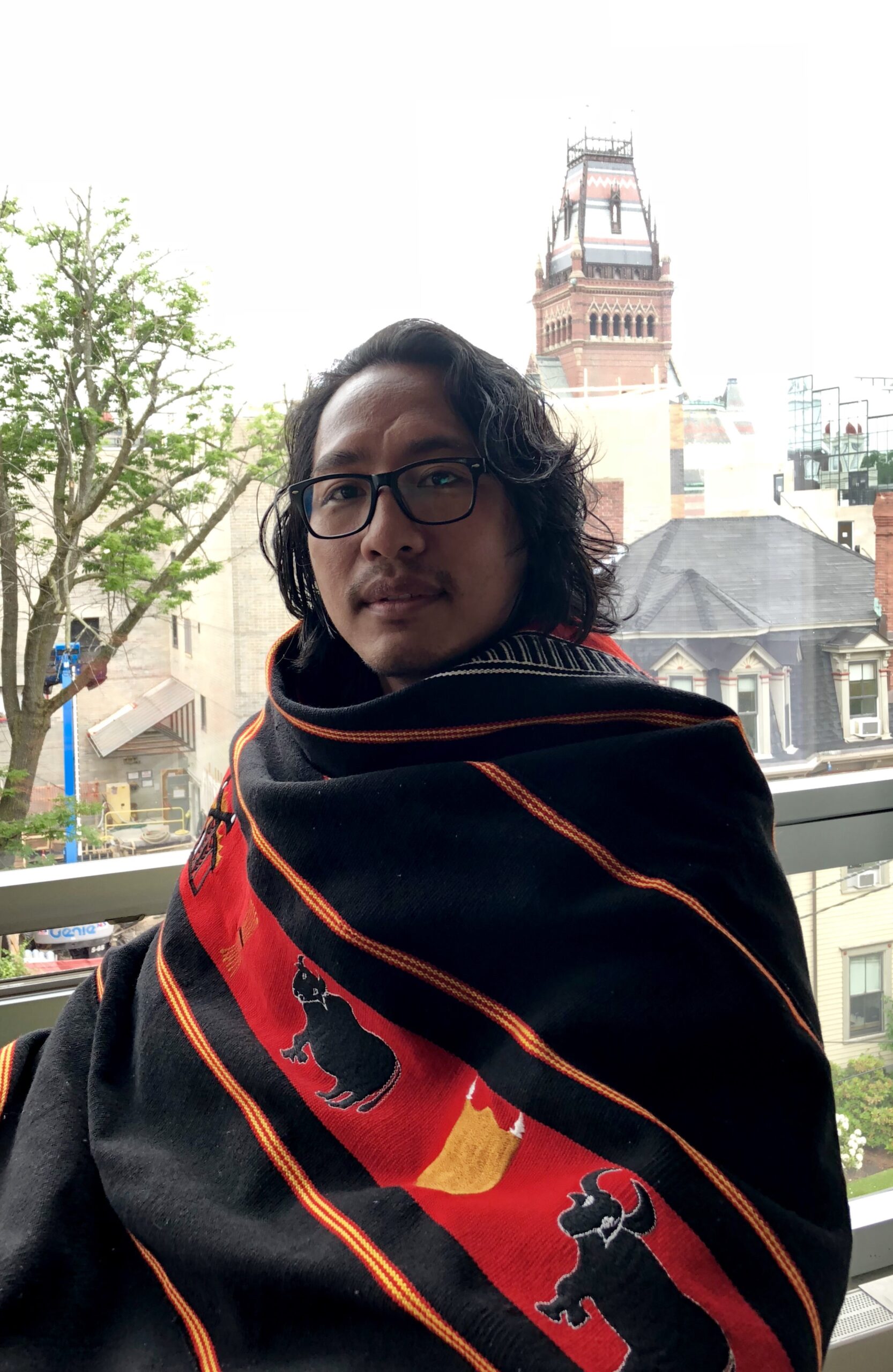People’s Road: Connecting Rural Populations
By: Raile Rocky Ziipao
In ethnically volatile and militant prone states like Manipur, India, John Denver’s famous lyrics “country roads, take me home, to the place I belong,” does not always apply to villagers.
For over 30 years, the state government has neglected the Tamenglong-Haflong road. The construction of this road was included in the 6th Five Year Plan. During 1980–93, the Public Works Department (PWD) executed some initial work. However, the road remained non-motorable due to faulty alignment and non-completion. In 1997, the State entrusted the Border Road Organization (BRO) with the construction of this road but it declined, citing faulty alignment. Even after repeated assurances from the central government, including the former Union Tribal Affairs Minister Shri P.R. Kyndiah (2006) and Home Minister Shri P. Chidambaram (2011) during their visits to the district, the government did not build the road and the people’s dream of better facilities remained unfulfilled.
Inadequate basic infrastructure limits the movement of goods, people, and ideas, especially in the hill areas predominantly inhabited by Tribals. Even basic needs such as all-weather roads connecting villages, minimum electricity supply, healthcare centers, primary schools, and potable water remain inaccessible for most tribal communities in the state of Manipur. This demonstrates how over India’s seven decades of independence, the state has been negligent when it comes to addressing the problems of tribal people. Tribals are the ones that suffer the ramifications of the Indian state’s indifferent attitude.
Consequences of inadequate infrastructure include villagers carrying their sick on bamboo stretchers to the nearest health center. Oranges and Naga chilies (commonly known as ghost peppers in international markets) grow abundantly in Tamenglong, a hill district in Manipur. However, surplus agricultural products are left to rot as villagers are unable to transport them to the market due to a lack of road access.
After witnessing the hardships faced by people in remote villages in and around the supposed route of the road, a young and dynamic native-born IAS officer named Armstrong Pame took up road connectivity as an immediate requirement in the area. While posted as Sub-Divisional Officer (SDO) of Tousem sub-division, he and his elder brother mobilized resources and local communities. They created a Facebook page seeking donations to construct a 100-km rural road.
Previously disconnected from social media, this rural village resorted to Facebook in order to establish infrastructure. A dedicated local resident, Haingiabuing Pame mobilized the village with the following statement: “I shall give all that I have to see the completion of this road. We have waited for too long. This has been my dream. Let us celebrate when it is finished.” The response from across the globe was overwhelming. The local communities took ownership of the road and contributed in a variety of ways including labor, materials, bulldozers, fuel, food, accommodation, and more.
The People’s Road connects the states of Manipur, Nagaland, and Assam in India. It was completed in seven months (August 2012–February 2013), after the state government neglected it for over 30 years. Inaugurated on February 17, 2013, and opened for public use, the motto of this road stands as “together we began, together we built and together we finished.” The monolith commemorating the inauguration of the road reads:
THE PEOPLE’S ROAD
Dedicated unto the glory of God with the celebration of the people’s endeavour by Armstrong Pame, IAS SDO, Tousem. In the presence of all the donors, volunteers and well-wishers, may the present and the future generations remember every single drop of sweat, tears, and contribution rendered for the construction of this road from all over the world.
Date: 17 February 2013, KATANGNAM VILLAGE
Despite considerable odds, the tribal people from India’s most remote district resisted marginalization and surmounted structural obstacles by constructing 100 km of road. By doing so, they succeeded in carving their own path to mobility where the state failed miserably. The collective labor of the community achieved what the second most powerful man in the country could not.
The condition of the Tribals’ infrastructure development in Manipur stands as a testimony of the state’s failure to discharge its duties and responsibilities. Rather than facilitating the needs and political aspirations of the Tribes, the State suppresses and pushes them to the periphery, thereby forcing Tribes to look after themselves. The Tamenglong’s construction and maintenance of roads for livelihood, economic sustenance, and the maintenance of the ecological balance between people and nature have become the model in other parts of the state.
If the state or development practitioners need a consultant on building roads, they should ask the true trailblazers – the Tribal people.
Raile will speak about “Roads, Region Formation, and the Question of Tribes in Northeast India” in Delhi on June 27.

